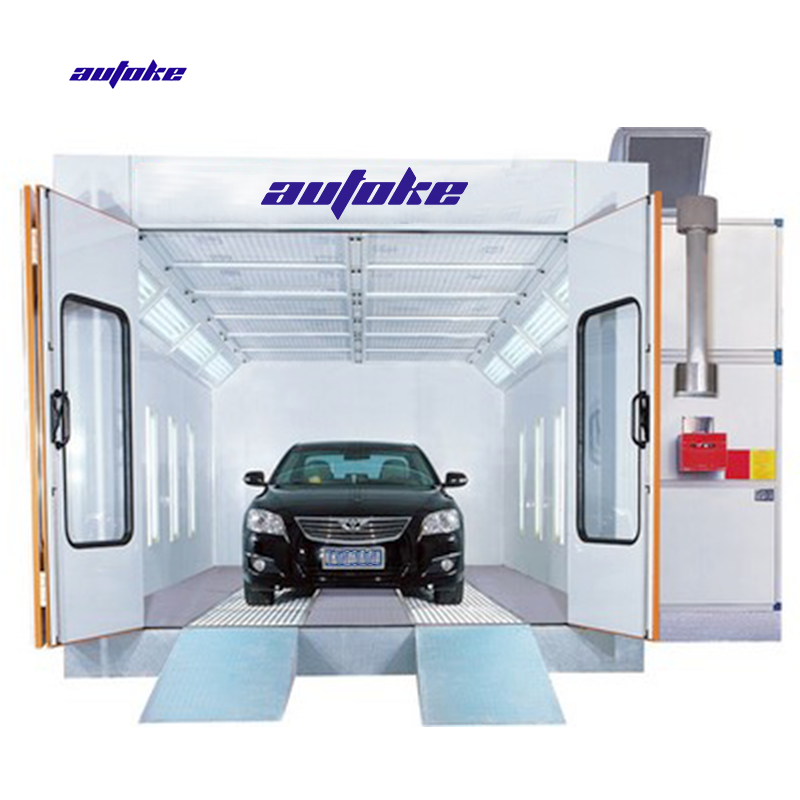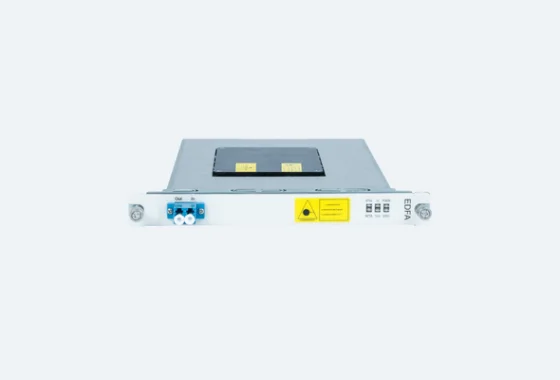In the realm of thermal management systems, plate heat exchangers (PHEs) have emerged as a cornerstone technology, renowned for their compact design and superior heat transfer capabilities. This article delves into the effectiveness of plate heat exchangers, exploring their operational principles, advantages, applications, and performance metrics, while also addressing common misconceptions.
Understanding Plate Heat Exchangers
Plate heat exchangers consist of multiple thin plates arranged in a frame, creating channels for two fluids to flow in close proximity without mixing. The design allows for a large surface area in a compact volume, facilitating efficient heat transfer. The effectiveness of a PHE is largely determined by its configuration, the properties of the fluids involved, and the flow arrangement—counterflow, parallel flow, or crossflow.
Key Factors Influencing Effectiveness
- Surface Area and Plate Design: The surface area available for heat transfer is crucial. PHEs typically feature corrugated plates that enhance turbulence, increasing the heat transfer coefficient. The geometry of the plates can be tailored to optimize performance for specific applications, making PHEs highly versatile.
- Flow Arrangement: The arrangement of fluid flow significantly impacts the thermal performance. Counterflow configurations, where fluids flow in opposite directions, generally yield higher effectiveness compared to parallel flow, as they maintain a larger temperature gradient across the heat exchanger.
- Fluid Properties: The thermal conductivity, viscosity, and specific heat of the fluids being processed play a critical role in determining the overall effectiveness. For instance, fluids with higher thermal conductivity will transfer heat more efficiently, enhancing the performance of the PHE.
- Temperature Differential: The temperature difference between the two fluids is a primary driver of heat transfer. A larger temperature differential typically results in higher effectiveness, as it promotes a more significant thermal gradient.
Performance Metrics
To quantify the effectiveness of a plate heat exchanger, several performance metrics are utilized:
- Heat Transfer Coefficient (U): This metric reflects the efficiency of heat transfer between the two fluids. A higher U-value indicates better performance.
- Effectiveness (ε): Defined as the ratio of the actual heat transfer to the maximum possible heat transfer, effectiveness provides a clear measure of a PHE's performance. Values range from 0 (no heat transfer) to 1 (maximum heat transfer).
- Pressure Drop: While high effectiveness is desirable, it is essential to consider the pressure drop across the heat exchanger. Excessive pressure drop can lead to increased pumping costs and energy consumption, thus impacting the overall system efficiency.
Advantages of Plate Heat Exchangers
- Compact Design: PHEs occupy significantly less space compared to traditional shell-and-tube heat exchangers, making them ideal for applications with space constraints.
- High Efficiency: The enhanced heat transfer capabilities of PHEs result in lower energy consumption and operational costs, making them a cost-effective solution in the long run.
- Flexibility and Modularity: The modular design allows for easy scaling and maintenance. Plates can be added or removed to adjust capacity without replacing the entire unit.
- Easy Cleaning: PHEs can be disassembled for cleaning, which is particularly beneficial in industries where fouling is a concern, such as food processing and pharmaceuticals.
Applications Across Industries
Plate heat exchangers are employed in a myriad of industries, including:
- Food and Beverage: Used for pasteurization, cooling, and heating processes, ensuring product safety and quality.
- HVAC Systems: Essential in heat recovery systems, improving energy efficiency in heating and cooling applications.
- Chemical Processing: Facilitating heat exchange in various chemical reactions, enhancing process efficiency.
- Power Generation: Utilized in cooling systems for turbines and condensers, contributing to overall plant efficiency.
Addressing Common Misconceptions
Despite their advantages, some misconceptions about plate heat exchangers persist. One common belief is that they are only suitable for low-viscosity fluids. In reality, PHEs can be designed to handle a wide range of viscosities, although careful consideration of flow rates and pressure drops is necessary.
Another misconception is that PHEs are prone to fouling. While fouling can occur, the design of PHEs allows for easier maintenance and cleaning compared to other heat exchanger types, mitigating this concern.
Conclusion
In conclusion, the effectiveness of plate heat exchangers is a multifaceted topic influenced by various design and operational factors. Their compact design, high efficiency, and versatility make them an invaluable asset across numerous industries. By understanding the principles governing their performance, engineers and operators can optimize their systems for maximum efficiency and cost-effectiveness. As industries continue to seek sustainable and efficient thermal management solutions, the role of plate heat exchangers will undoubtedly expand, solidifying their position as a critical technology in modern engineering.

